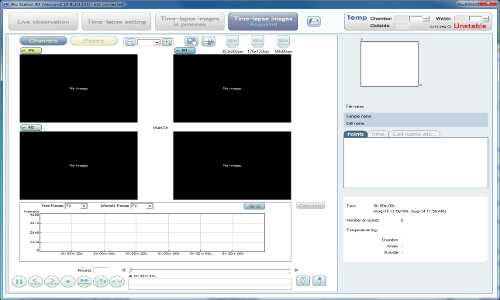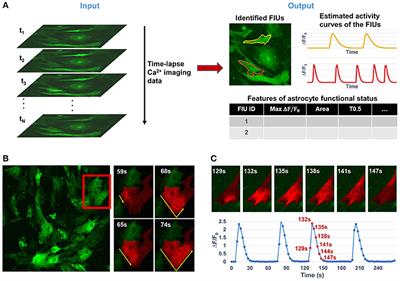
Processing 10 images should take less than 1 min. Set parameters as shown in ‘BaSiC_protocol_stepI.jpg’. First we estimate shading profile (in this case flat-field) only.In the Sequence Options, set Increment = 10 so that we import a image subset of 10 images. Import the image stack in "Demoexample/Timelapse_brightfield/Uncorrected" via Import -> Image sequence.This example is a challenging case, as it has various artifacts such as dye particles on the specimen (see annotation in "Uncorrected_fused.jpg") and an additive stray light and excitation light residual (repeated pattern in the WSI background). The fused WSI will be automatically displayed on our desktop and we can adjust image contrast via Fiji->Image->Adjust->Brightness/Contrast to better view the stitched image.Īfter BaSiC correction and stitching, "Corrected_fused.jpg" looks much more smooth than "Uncorrected_fused.jpg".Browse the directory to your folder where image tiles are stored, and then click "OK". Setting parameter in the Grid stitching dialog box according to the screenshot "stitching_protocol.jpg".Select "Type" as "Grid: snake by rows" and "Order" as "Left & Down", click "OK".Open Grid/Collection stitching plugin via Plugins->Stitching->Grid/Collection stitching.To stitch a WSI, we can use the Grid/Collection stitching plugin. We can visualise the effect of shading correction by comparing the stitched image from uncorrected tiles vs corrected tiles. Save the corrected image tiles via File->Save as->Image Sequence, please tick the checkbox "Use slice labels as file names". This guarantees that our image tiles in our "Corrected" folder have the same order as the "Uncorrected" folder.Set parameters as shown in ‘BaSiC_protocol.jpg’. Here we estimate shading profile (flat-field and dark-field) only (no temporal drift need to be corrected).Import the image stack in "Demoexample/WSI_Brain/Uncorrected_tiles" via Import -> Image sequence.

#Imagej time lapse tool free
It is free for academic use and please contact us for any commercial use.
#Imagej time lapse tool license
doi: 10.1038/ncomms14836.Ĭreative Commons Attribution-NonCommercial-NoDerivatives 4.0 International Public License

"A BaSiC Tool for Background and Shading Correction of Optical Microscopy Image" Nature Communication 8: 14836 (2017). Tingying Peng, Kurt Thorn, Timm Schroeder, Lichao Wang, Fabian J Theis, Carsten Marr & Nassir Navab.
#Imagej time lapse tool manual
Relying on a build-in automatic parameter setting strategy, BaSiC is very easy-to-use, with no tedious manual parameter tuning required. Moreover, through correction of temporal drift in time-lapse microscopy data, it improves continuous single-cell quantification.

In comparison to existing shading correction tools, BaSiC achieves high accuracy with significantly fewer input images, works for diverse imaging conditions and is robust against artifacts. It is based on low rank and sparse decomposition, which corrects both shading in space and background bleaching in time. A BaSiC Tool for Background and Shading Correction of Optical Microscopy ImagesīaSiC is a retrospective image correction method for optical microscopy, available as a Fiji/ImageJ Plugin.


 0 kommentar(er)
0 kommentar(er)
